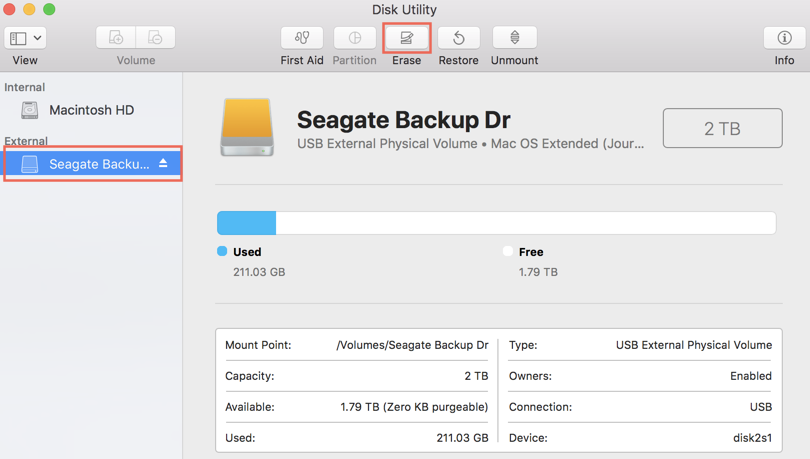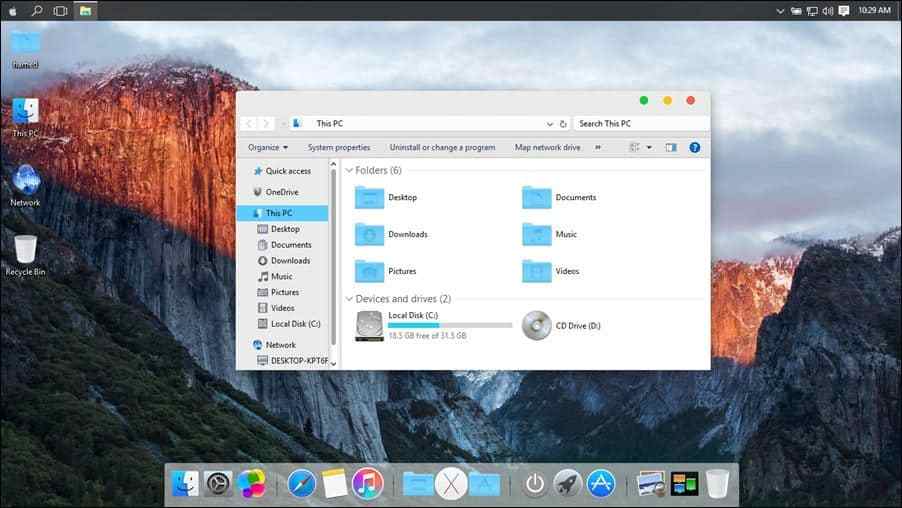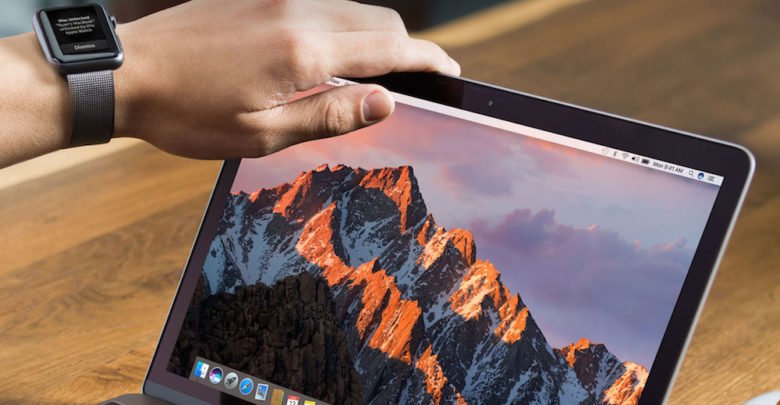
If you want to use one of these backup utilities, you should format the drive in the native file system for the computer running the utility. exFAT is not compatible or recommended for built-in backup utilities such as File History (Windows) and Time Machine (macOS).While exFAT offers cross-platform access to both computers, keep in mind the following: If you use your drive with both PCs and Macs, format your drive in exFAT.



When choosing a file system format, consider whether compatibility or performance is more important in your everyday use of the drive. Your device is preformatted exFAT (Extended File Allocation Table) for compatibility with both Mac and Windows computers.


 0 kommentar(er)
0 kommentar(er)
